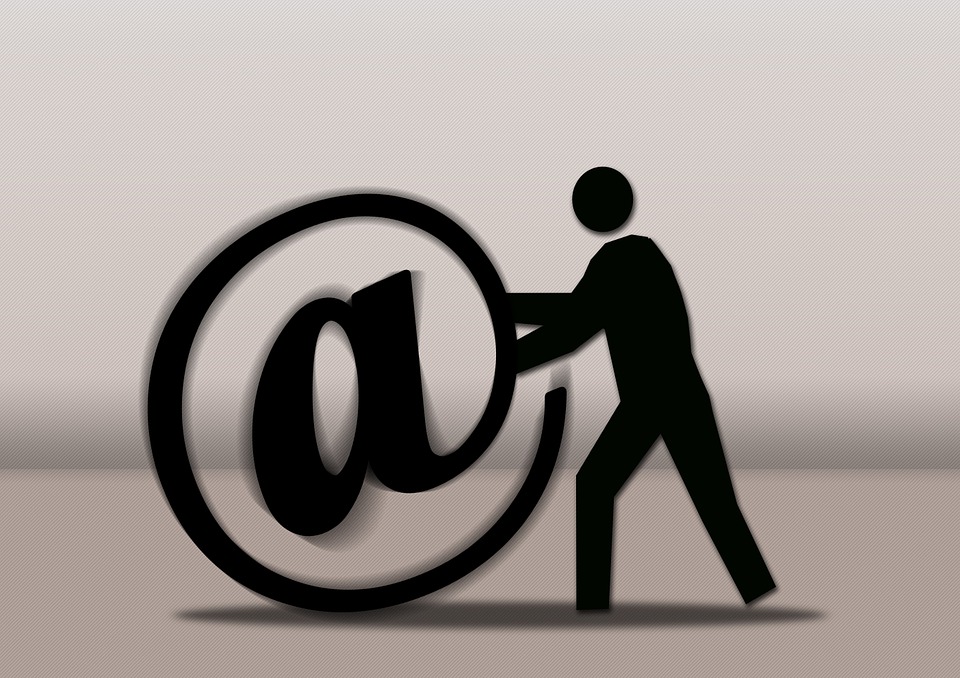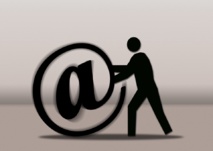The new reality has a very specific impact on the management of the companies, although so far there were quite a few of researches on this topic. Managers at all levels spend less than half of their time collecting and working with information. New technologies have significantly expanded the speed and breadth of communications
It may seem that modern mobile technologies help managers improve their own efficiency. For example, smart phones allows you to stay in touch, create lists of tasks and even participate in virtual conferences. However, new technologies may have a negative effect. The main thing is that managers should understand all the possible disadvantages and dangers of electronic communication.
The loss of value
Management is not a science, but a very specific practice that has many of its nuances. The information that you get on a daily basis in the workplace is an integral part of the management process. In this case, you need to be actively involved in the process - to communicate directly with people, not to replace it on the chat text messaging. Information technology can and should expand your opportunities for communication, but also should not be a substitute for live communication.
Less talks, more action
Good news is that you can regain control. However, to do this, you need to understand the scale of the problem. Look at the number of e-mails and text messages that you get during the week. Then count the number of messages that require you to at least some action. After this count ratio of left / received messages (messages that you have sent, divided by the number of received messages). Finally, estimate the number of messages that have been initiated by you (the percentage of sent messages that you initiated, in comparison with the number of responses to messages that were initiated by someone else).
This analysis will assess the extent of actual time spent on a daily basis to work with e-mail and other electronic communications. And now, having data on their your work e-mail and messaging habits, you can resort to the following actions: All of this are very important and difficult steps. They require a rethinking of the approaches to which you are accustomed and consciousness of avoiding permanent ‘stay in touch’. But they will help free time up for the truly important things, such as planning or thinking about strategy.
It may seem that modern mobile technologies help managers improve their own efficiency. For example, smart phones allows you to stay in touch, create lists of tasks and even participate in virtual conferences. However, new technologies may have a negative effect. The main thing is that managers should understand all the possible disadvantages and dangers of electronic communication.
The loss of value
Management is not a science, but a very specific practice that has many of its nuances. The information that you get on a daily basis in the workplace is an integral part of the management process. In this case, you need to be actively involved in the process - to communicate directly with people, not to replace it on the chat text messaging. Information technology can and should expand your opportunities for communication, but also should not be a substitute for live communication.
Less talks, more action
Good news is that you can regain control. However, to do this, you need to understand the scale of the problem. Look at the number of e-mails and text messages that you get during the week. Then count the number of messages that require you to at least some action. After this count ratio of left / received messages (messages that you have sent, divided by the number of received messages). Finally, estimate the number of messages that have been initiated by you (the percentage of sent messages that you initiated, in comparison with the number of responses to messages that were initiated by someone else).
This analysis will assess the extent of actual time spent on a daily basis to work with e-mail and other electronic communications. And now, having data on their your work e-mail and messaging habits, you can resort to the following actions:
- Reducing the number of messages. The more traffic you generate and more recipients you include in the newsletter, the more messages are getting in return. Refuse to send messages that may be considered optional.
- E-mail segmentation. Entrust the work of analyzing and prioritizing e-mail to your assistant. He can even be responsible of some of the typical letter.
- Use special tools. Very few people use potential of tools that are built into majority of email services. However, remember that almost every service allows you to set spam filters and organize the flow of letters in different sections according to their theme / priority.
- Creating a personal downtime. This is the time when you are not available for e-mails. Tell your colleagues and partners about the break and let them know that at this time it is impossible to get through to you via email.
- Institutional downtime. The idea of individual downtime can be extended to the entire organization.
- A New Beginning. If you cannot cope with the constant stream of messages, post e-mail-bankruptcy - create a new email and start use it. Change of address not only significantly reduces the flow of unwanted emails, but also allows you to develop new habits to use email.
- Disable. Do not forget that computer technologies are just a machine, and eventually they can simply be turned off.



















